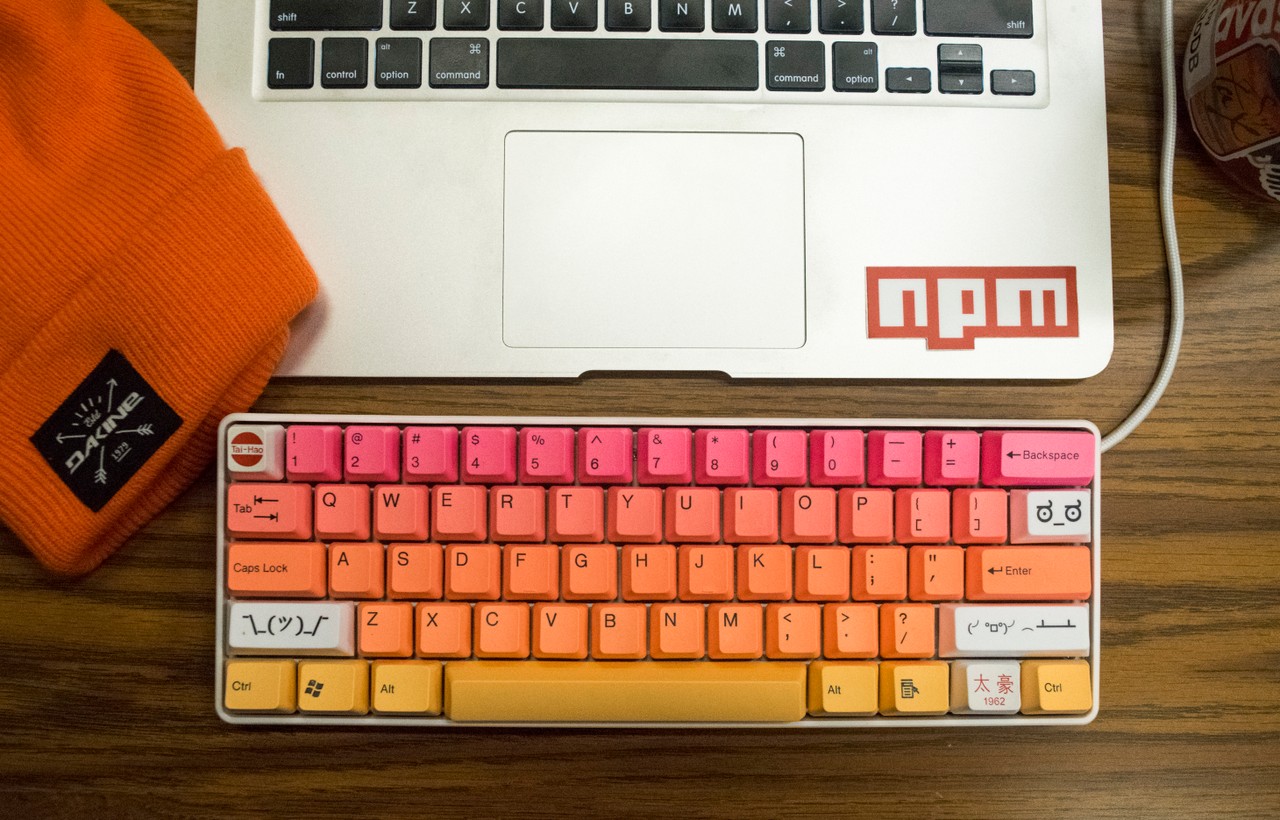npm or the Node Package Manager, is one of the most used tools for any Node.js developer. Here's a list of the most common commands you'll use when working with npm.
Install package.json dependencies
npm installShorthand
# install
npm i <package>
# uninstall
npm un <package>
# update
npm up <package>Flags
-S is the same as --save, and -D is the same as --save-dev.
List globally installed packages
npm list -g --depth=0Uninstall global package
npm -g uninstall <name> Upgrade npm on Windows
npm-windows-upgradeUpdate global packages
To see which packages need updating, use:
npm outdated -g --depth=0To update global packages individually you can use:
npm update -g <package> <package> <package>list available scripts to run
npm runUpdate npm
npm install -g npm@latest
# using windows? Then use
npm-windows-upgradeInstalled version
npm list # for local packagesNode Version Manager nvm
nvm makes it easy to switch between different versions of Node.js. Read more about it on the project's GitHub page.
Once you have nvm installed, if you want to install the latest version of Node v12 just run:
nvm install 12If you have multiple versions of Node.js installed on your workspace, you can switch to a specific version by writing:
nvm use 10.19.0Make a Node version default
In order to set a default version of Node for your workspace, just type:
nvm alias default 12Where the latest version of 12 is the version you want to be used by default.
Update npm
If you use Node installed through nvm, it's good practice to update your version of npm with this command:
nvm install-latest-npm